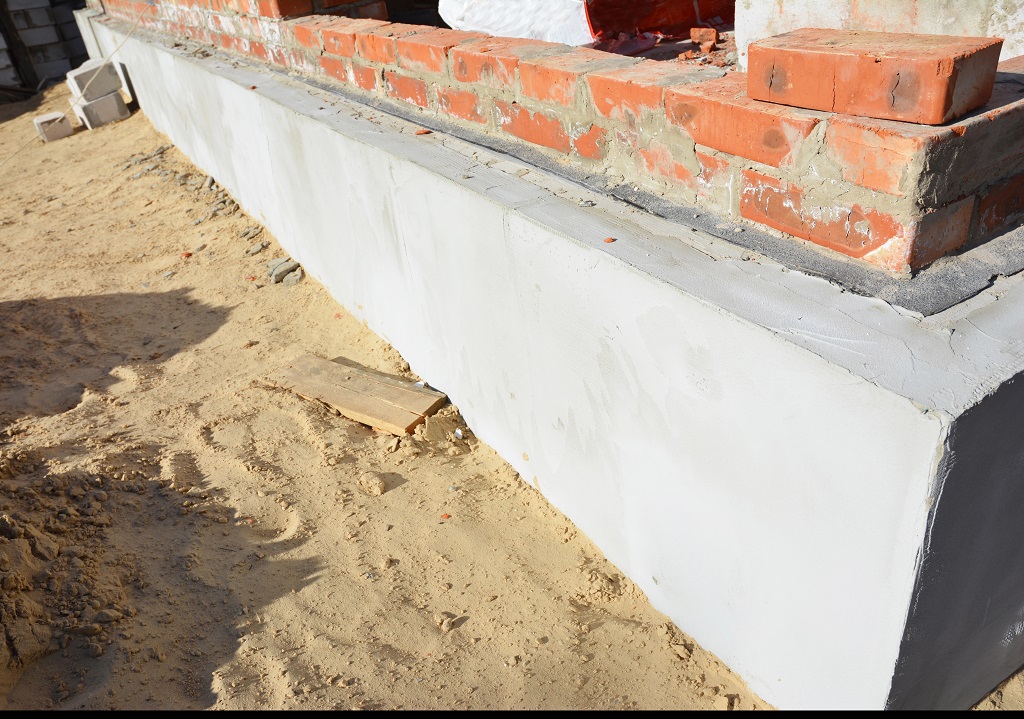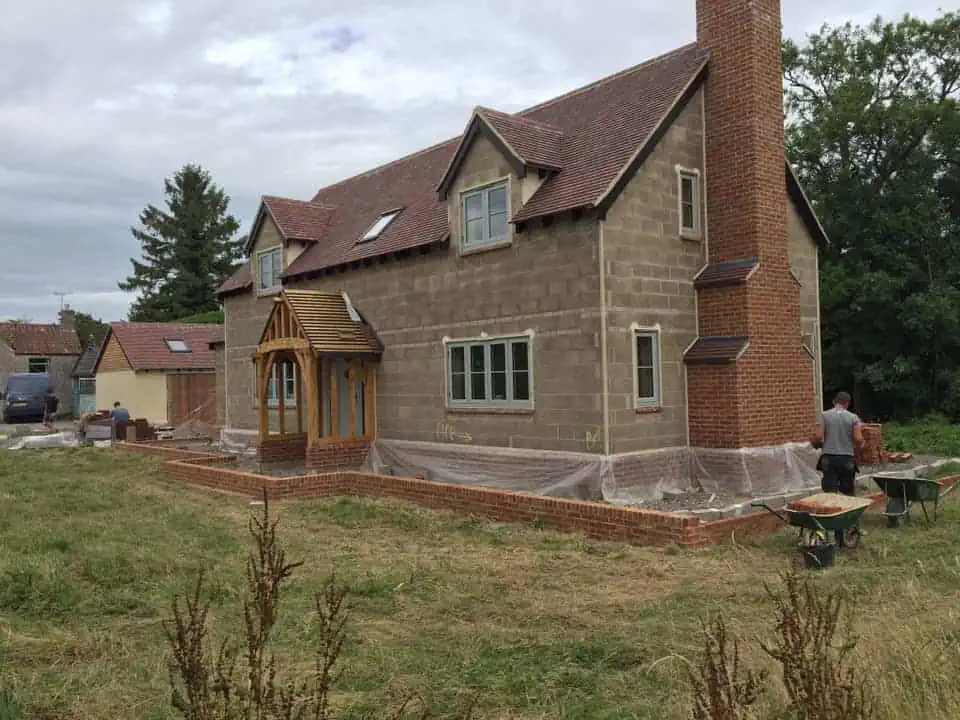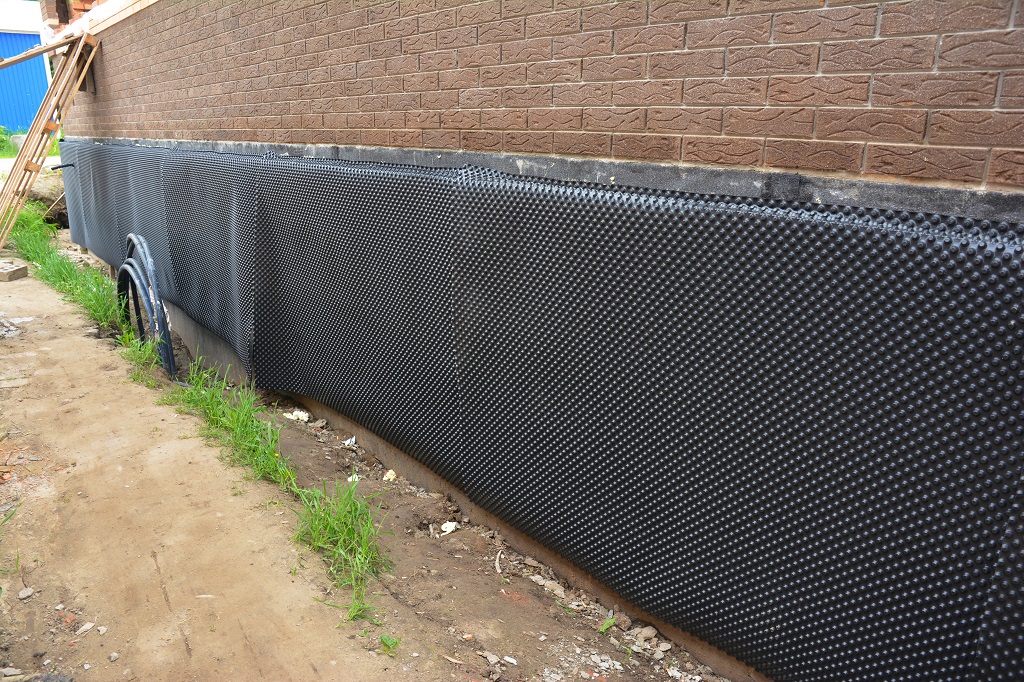Our members offer a comprehensive range of damp proofing services in Manchester. Due to the nature of damp, it can affect any building in various ways. Common types of damp issues include rising damp, salt damp, lateral penetrating damp, penetrating damp, and blocked cavity walls, with each requiring specific treatment methods.
There are several approaches to damp proofing in Manchester, but the most commonly used treatments include:
-
Installation of a chemical injected damp proof course, along with necessary re-plastering.
-
A structural waterproofing system, which may include a damp proof membrane and possibly a sump pump.
-
Conventional cementitious tanking systems to prevent damp penetration.
Each method is tailored to effectively address the specific damp issue your property is facing.

Rising and Penetrating Damp Treatments in Manchester
What is rising damp?
Rising damp occurs when water moves vertically upwards from the ground into the walls through capillary action. The water is absorbed into the pores of the stone or brickwork, causing the masonry to act like a wick. As the water rises, it brings with it mineral salts, which can lead to damage over time.
A damp-proof course (DPC) is a barrier designed to prevent this. Historically, DPCs were made from materials like slate or bitumen, while modern homes typically use plastic DPCs. Depending on the age of your property, it’s possible that a damp-proof course may not have been installed.
Rising damp in Manchester often shows clear visual signs: a solid band of water marks that rise from the ground level. This can create a wave-like or tidal mark, often visible as stains on internal plaster or décor. As the moisture continues to rise, the water evaporates, leaving salts behind on the surface. This can lead to peeling décor or blistering paint, which are common indicators of rising damp.

What is penetrating damp?
ENERGY SAVING SOLUTIONS
Penetrating damp occurs when water successfully passes through the exterior of a building into the interior. It can affect various areas of your property, including roofs and ceilings. Penetrating damp can occur in buildings of any age, but older properties that have not been properly maintained are more vulnerable due to the deterioration of building materials. Modern buildings may also suffer from this issue due to poor design or faulty workmanship.
Signs of penetrating damp include damp patches that form as circular spots or blotches. These often indicate that the external wall coatings have failed, allowing moisture to transfer from the outside to the internal walls. Over time, these patches will worsen, and the issue may escalate into more severe problems, such as dry or wet rot, which can compromise the building's structural integrity if not addressed.
Cavity wall insulation can contribute to the absorption of water by acting like a sponge, further allowing moisture to penetrate the internal wall. On the outside of the building, you might notice darkening or the growth of green algae or organic matter on the render or brickwork, signaling the presence of penetrating damp.



What are the causes of rising and penetrating damp in Manchester?
LEADING RENDERING SPECIALISTS
Rising Damp Causes
The most common cause of rising damp in Manchester is a breach of the damp-proof course (DPC). This can occur when there is a change in the external paving level or as the DPC breaks down over time due to age, which weakens the barrier and allows moisture to rise through the walls.
The moisture responsible for rising damp is found in the ground. It can be surface water that has seeped into the substrate or groundwater, depending on the type of foundations your home has. This moisture contains mineral salts that gradually accumulate in the wall. When the moisture reaches its highest rise level, the salts begin to crystallize on the surface. This is known as the salt band, and these salts—typically sulphates, chlorides, and nitrates—are visible to the eye. Hydroscopic salts (such as chlorides and nitrates) are particularly tricky, as they attract moisture from the surrounding atmosphere, but they can generally be treated in a similar manner.
Penetrating Damp Causes
Penetrating damp in Manchester can result from several issues, including:
-
Poor external coatings or mortar beds on the brickwork.
-
Faulty rainwater goods (like gutters and downpipes).
-
Slipped tiles or slates on the roof.
-
Faulty windows or doors that allow water to penetrate.
-
Wall ties in the cavity wall construction that can allow moisture to bridge from the outer brick leaf to the internal plastered surface.
These issues can all contribute to moisture entering the building, causing penetrating damp and potentially leading to serious structural damage if left untreated.

.
How IS IT FIXED?
ENERGY SAVING SOLUTIONS
In many cases, dampness can be prevented with regular maintenance and inspections, especially after stormy weather. By identifying potential issues early, you can make necessary repairs before they escalate into more serious problems.
When it comes to rising damp, our members are well-versed in the process and will create a tailored plan to address the specific needs of your property. Although there is a general industry standard for dealing with rising damp, the approach can vary depending on the construction and layout of your building. Typically, the process involves:
-
Stripping the internal wall coverings up to 1-1.2 meters from the ground level.
-
Inserting a new chemical damp-proof course (DPC) to prevent further moisture movement.
Chemical DPCs are preferred over physical DPCs due to their effectiveness and lower cost. Physical DPCs were once commonly used, but they can be more expensive and involve complications such as settlement or issues with party walls. Chemical DPCs, on the other hand, provide a more efficient and less invasive solution for rising damp.
Contact Manchester Rendering Network
Each damp proofing project in Manchester is unique, and the best way to accurately identify the source of the damp is to book a free survey. One of our approved panel members will assess your property and tailor a solution specific to your needs.
Book your free damp survey today to diagnose your damp issue and find the most effective solution, prevention, and treatment for your property.






